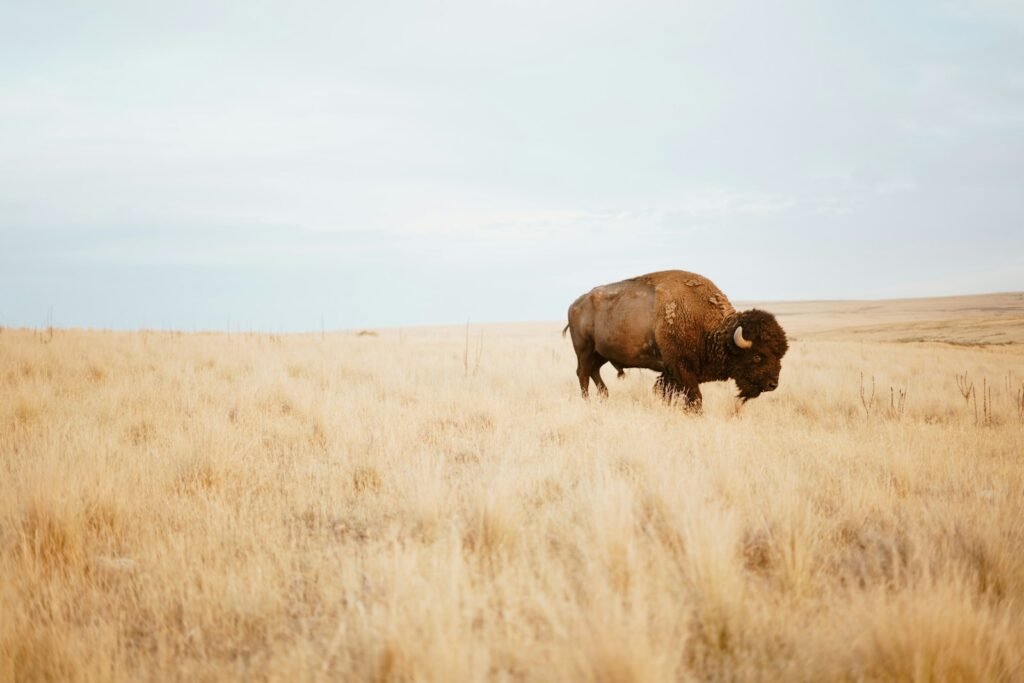Australia, often celebrated for its diverse wildlife and stunning landscapes, holds a treasure trove of secrets buried beneath its soil. The ‘Dinosaur Triangle’ in Queensland is a region that has captivated paleontologists and dinosaur enthusiasts alike. This area, stretching between the towns of Winton, Richmond, and Hughenden, is renowned for its rich deposits of dinosaur fossils. As researchers continue to unearth these prehistoric wonders, new insights into the ancient world are gradually emerging.
The Heart of the Dinosaur Triangle
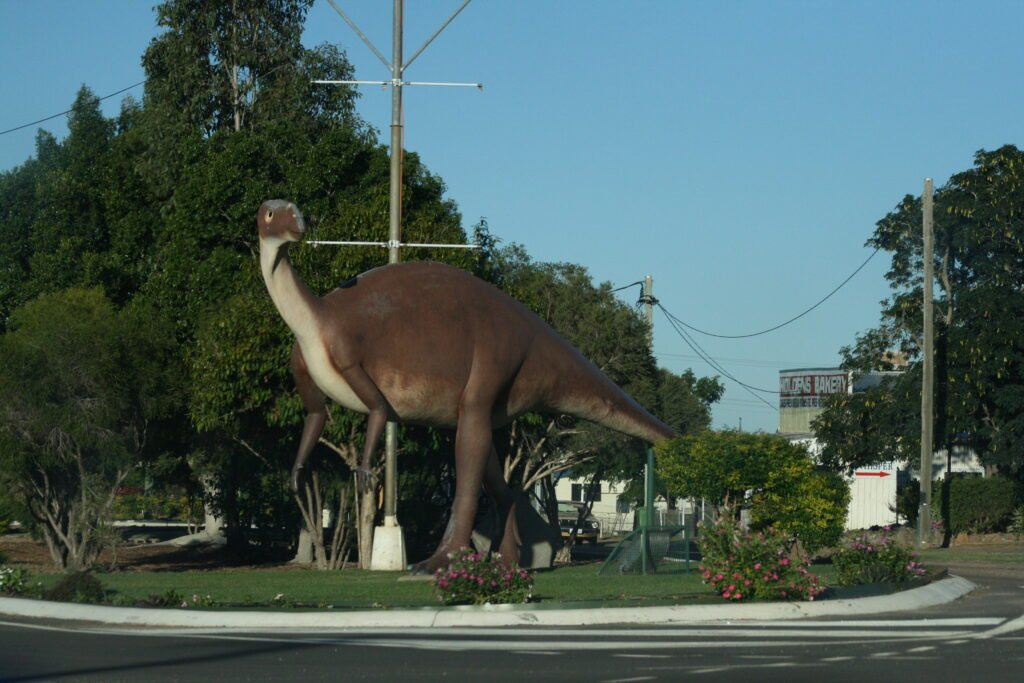
The Dinosaur Triangle is aptly named for its triangular formation, linking three key towns. Winton is famous for its long-necked sauropod fossils, Richmond is known for its marine reptiles, and Hughenden offers a mix of both terrestrial and aquatic creatures. This triangle provides a unique glimpse into the different habitats that existed millions of years ago. Each town has its own museum dedicated to showcasing the fossils found in the area, making it a must-visit for anyone fascinated by the prehistoric era.
Winton: The Land of Giants
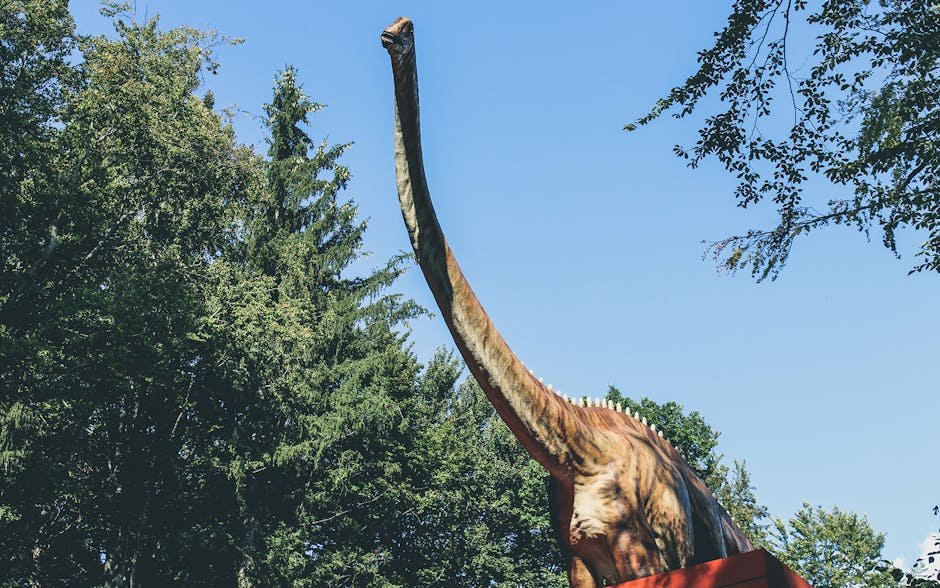
In Winton, the discovery of sauropod fossils has painted a vivid picture of a land once dominated by these colossal creatures. These long-necked dinosaurs, some reaching lengths of over 30 meters, roamed the plains in herds. The famous Australotitan cooperensis, Australia’s largest dinosaur, was discovered here. Its massive bones are a testament to the giant creatures that once walked this land. The Australian Age of Dinosaurs Museum in Winton is dedicated to preserving and showcasing these incredible finds.
Richmond: A Window into Ancient Seas
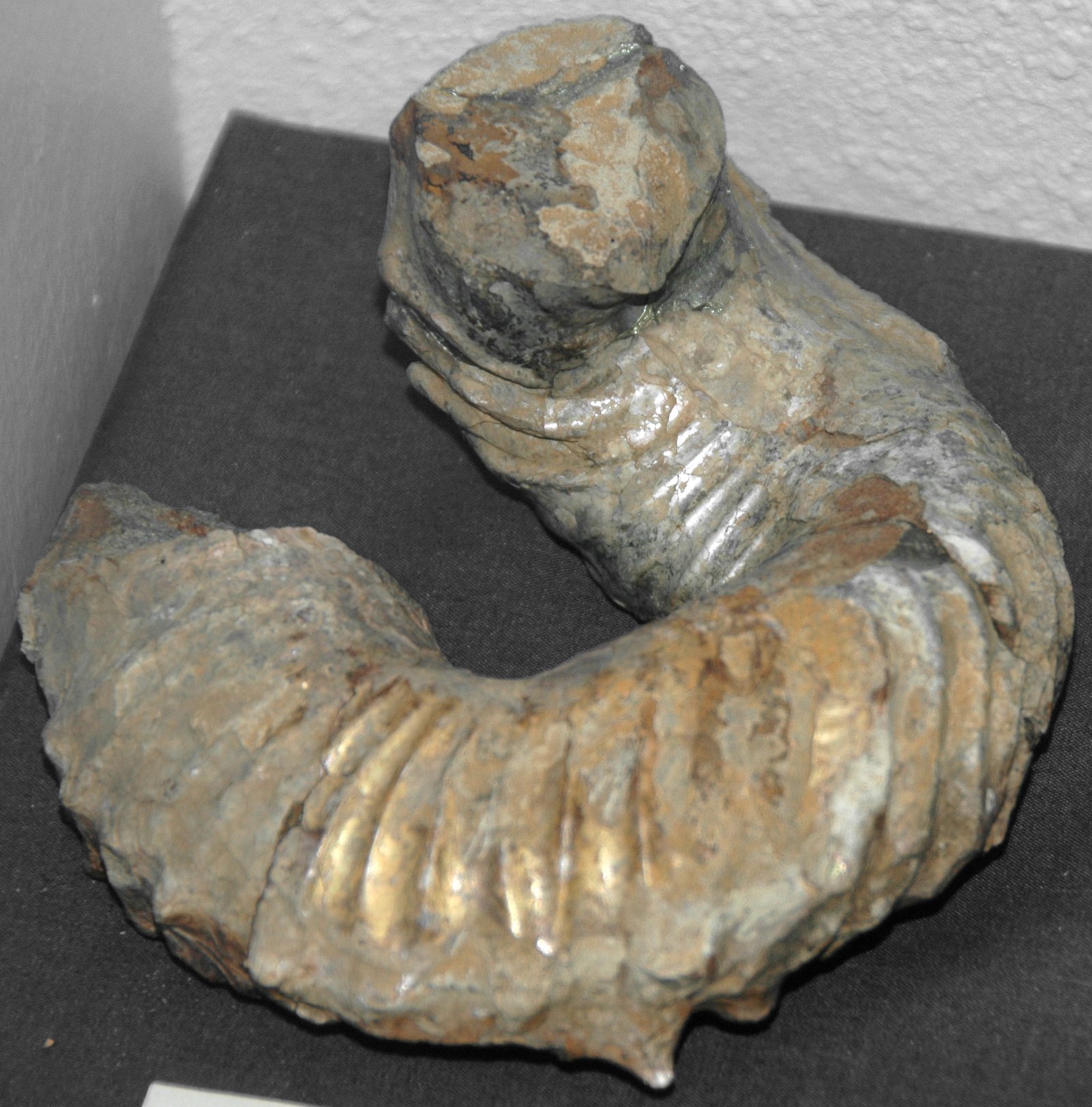
Richmond offers a fascinating look into the marine life of the Cretaceous period. The region was once submerged under a vast inland sea, home to formidable marine reptiles such as the ichthyosaur and the plesiosaur. Fossils of these sea creatures provide a wealth of information about the marine ecosystems of the time. The Kronosaurus Korner museum in Richmond houses an impressive collection of these marine fossils, allowing visitors to explore the ancient underwater world.
Hughenden: A Blend of Land and Sea
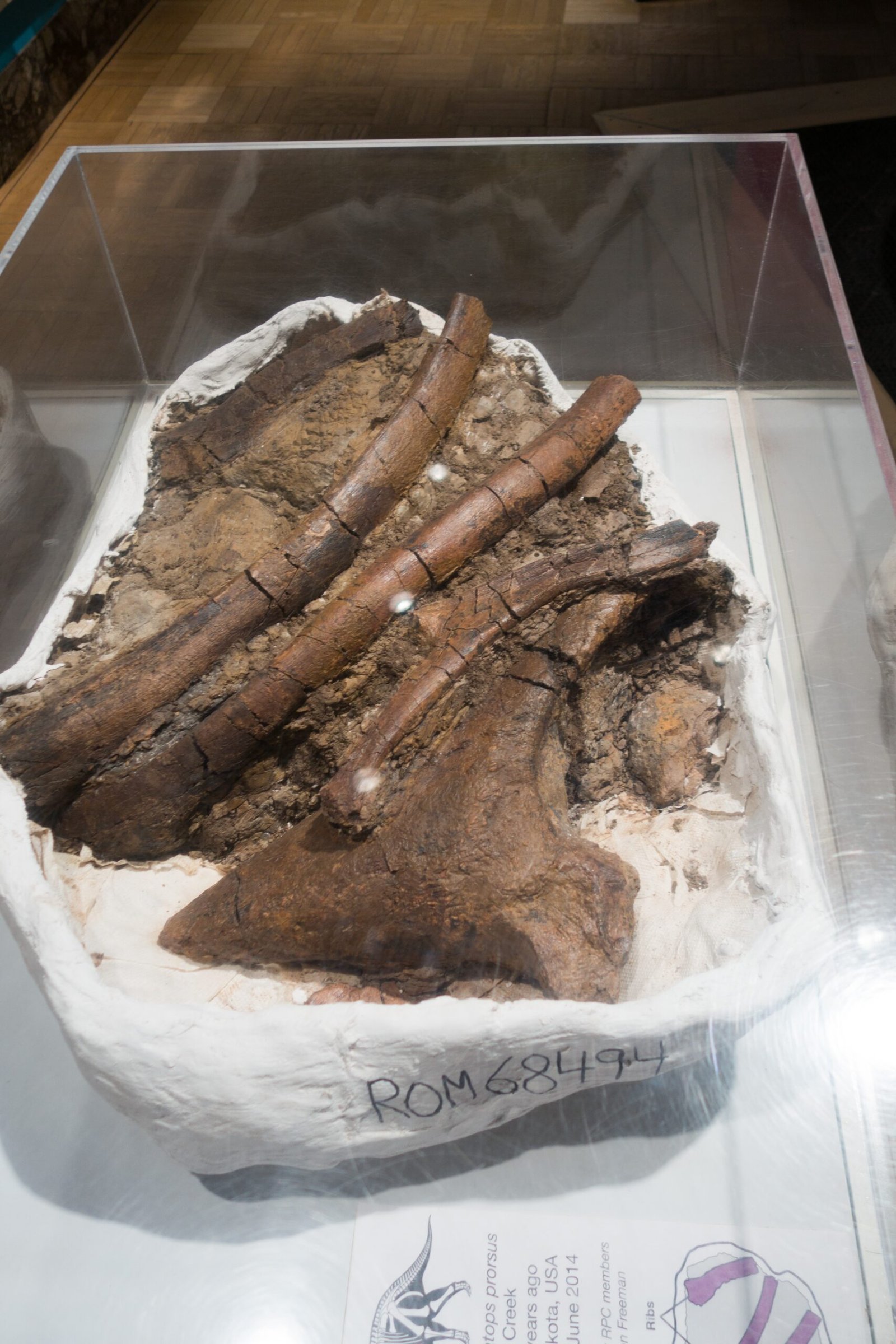
At Hughenden, the fossil record is a medley of both land and marine creatures. This area provides a unique opportunity to study the transition between terrestrial and aquatic environments. The Flinders Discovery Centre in Hughenden showcases a variety of fossils, including that of the Muttaburrasaurus, a herbivorous dinosaur unique to Australia. The diversity of fossils found here enriches our understanding of the ecological dynamics that once existed.
The Importance of the Dinosaur Triangle
The Dinosaur Triangle is not just a site of historical interest; it is a critical area for scientific research. The fossils unearthed here contribute to our understanding of evolutionary biology, climate change, and the geological transformations that have occurred over millions of years. By studying these ancient remains, scientists can piece together the puzzle of Earth’s past, offering insights into the planet’s future.
Community Involvement in Fossil Discoveries
Local communities play a vital role in the ongoing discovery of fossils in the Dinosaur Triangle. Residents often stumble upon fossils while going about their daily activities, leading to significant finds. This community involvement not only aids scientific research but also fosters a sense of pride and connection to the region’s prehistoric past. Schools and local organizations often collaborate with museums to educate the public about their findings.
Preservation Efforts and Challenges
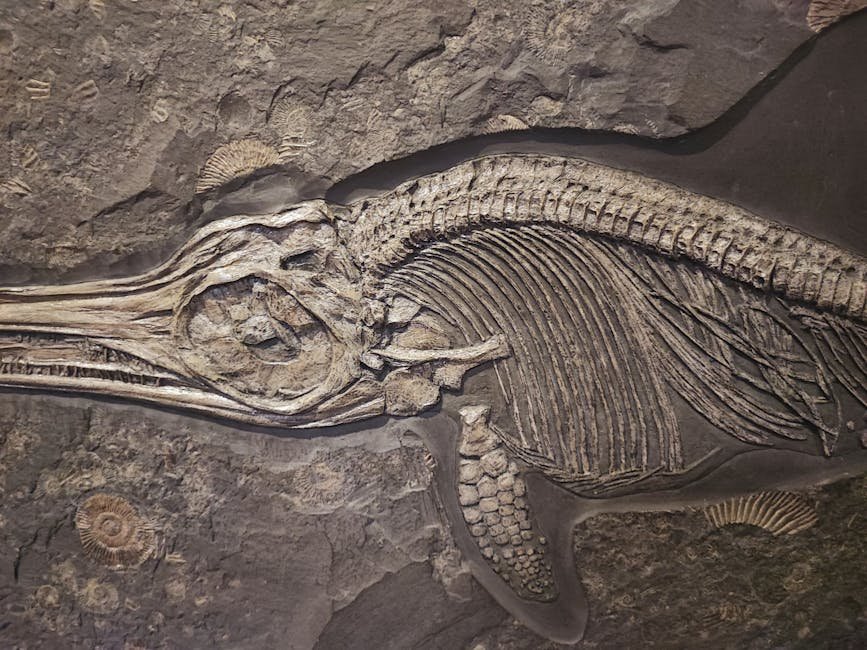
Preserving these ancient treasures is no small feat. The harsh Australian climate and the sheer scale of excavation required present unique challenges. Efforts are made to protect and carefully extract fossils, ensuring they remain intact for study and display. Scientists and volunteers work tirelessly to safeguard these relics, often employing innovative techniques to preserve the delicate structures of the fossils.
Technological Advances in Paleontology

Advancements in technology have revolutionized the field of paleontology. Techniques like 3D scanning and digital modeling allow researchers to study fossils in unprecedented detail. These technologies provide new ways to visualize and understand the anatomy and behavior of dinosaurs. In the Dinosaur Triangle, such innovations are helping to unlock secrets that have been buried for millions of years, offering fresh perspectives on ancient life.
The Global Significance of Australian Dinosaurs
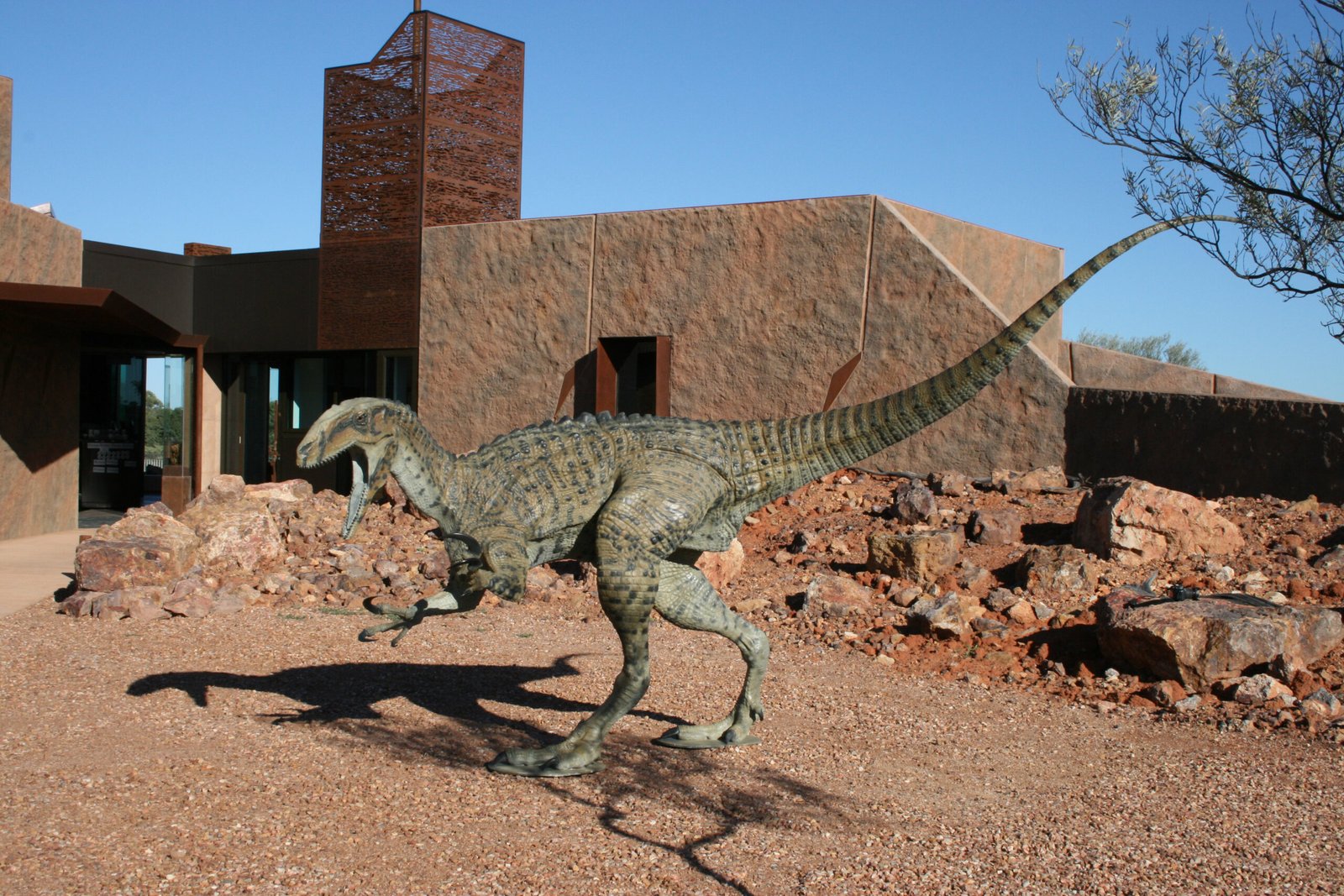
Australian dinosaurs hold a special place in the global narrative of paleontology. Many species found here are unique to the continent, offering insights into the evolutionary paths distinct from those in other parts of the world. The Dinosaur Triangle’s discoveries have reshaped our understanding of dinosaur distribution and adaptation, highlighting Australia’s role in the prehistoric world. These findings are crucial for piecing together the global puzzle of dinosaur evolution.
Future Prospects and Discoveries
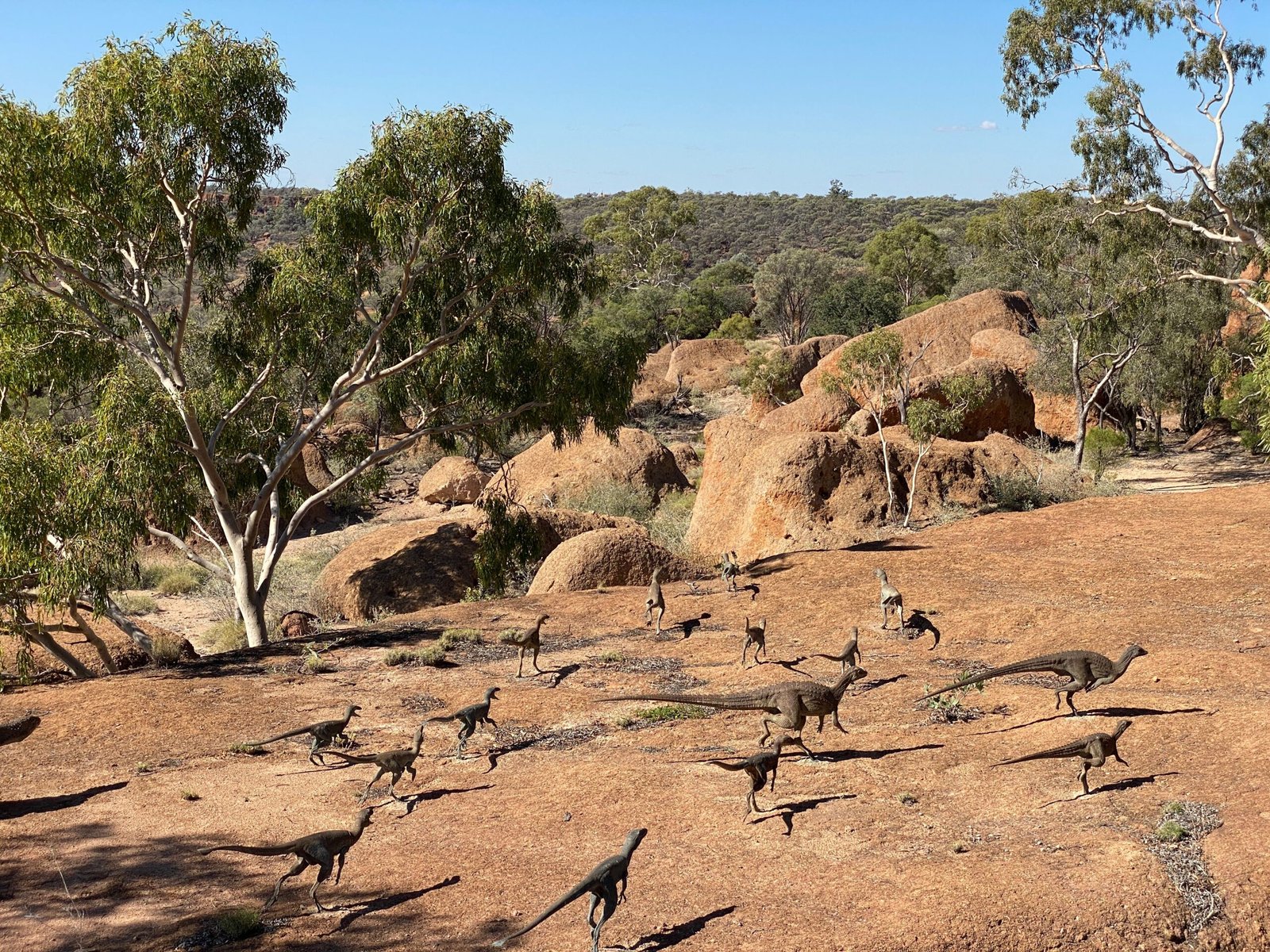
The Dinosaur Triangle continues to be a focal point for future discoveries. As excavation efforts persist, there is hope for unearthing new species and gaining deeper insights into the prehistoric era. The potential for groundbreaking discoveries fuels the passion of researchers and volunteers alike. With each fossil uncovered, a new chapter in the story of Earth’s history is written, promising exciting revelations for generations to come.

